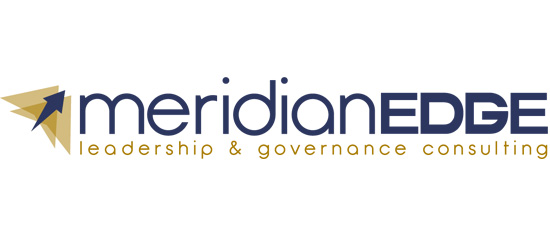Should The Board Approve Ceo Interpretations In Policy Governance
A frequent question of learners of Policy Governance is about what the board should or should not "approve" in Policy Governance. This is an area that sometimes results in confusion because it requires a shift in mindset from traditional governance practices. Traditionally governed boards "approve" (or adopt, or accept) all manner of operational decisions. This article focuses specifically on the board's actions in respect to monitoring reports from the CEO.
Policy Governance requires a change in mindset because it frames the board's role differently: a decision belongs either to the board, or to the CEO, but not to both. If there is to be clear accountability for results, it is necessary to be completely clear about who has authority to make any given decision. That is the reason for the Policy Governance principle that once the board has delegated fulfillment of a policy to someone, that person has authority to make "any reasonable interpretation." If the organization has a CEO, that CEO makes the operational decisions. Only then can a board fairly hold the CEO accountable for results.
For example, if the board adopts an Ends policy requiring the result that "English second-language students will have the qualifications necessary to enter post-secondary education" the CEO may make any reasonable interpretation of that End. Keep in mind that a reasonable interpretation is an "operational definition." Therefore, it should include measurable indicators that, if achieved, would demonstrate achievement with the End, as well as defensible rationale for why those indicators are reasonable. Since Ends are generally long-term in nature, and boards are unlikely to want to wait several years to receive reports of achievement, it's likely there will be indicators for several stages – milestones – such as, in year one, it's reasonable to reach a particular level of achievement, and in year two some higher level. Achieving those milestones is complying with the End, even though the ultimate long-term End may take several years to achieve.
Typically, boards see interpretations at the same time that evidence of achieving the interpretation is also provided, although the board has the right to ask for a monitoring report (including a report that includes only interpretations) at any time. There may be occasions, especially for newly created Ends, when a board wishes to see the interpretation soon after the policy is written, before evidence is available, to assure itself the policy was stated clearly enough to set the intended direction. The board's job when it receives an interpretation is to make an assessment – an evaluation – of whether the interpretation is reasonable.
This is NOT the same as board members, or even the board as a whole, agreeing with the interpretation, since for any given policy there are a range of possible reasonable interpretations, which board members may or may not have made if they were doing the interpretation. It is determining whether a reasonable person, given the board's words in the policy, could have made that interpretation. That is why the CEO's defensible rationale is very important.
It also is NOT the same as the board approving the interpretation (which in effect would make the board, rather than the CEO, own it). Doing that is in essence saying the CEO has the right to make "any reasonable interpretation the board has previously approved" according to John and Miriam Carver in Reinventing Your Board (p. 193). Rather, it's determining if there is enough rationale to convince the board that a reasonable person in a similar situation could have made the given interpretation.
There are three possible outcomes for the board's assessment of the interpretation:
(a) The board determines the interpretation is reasonable. It's important to clarify the board does not "approve" the interpretation, because as noted above, what the board "approves" or "adopts" (the words are synonymous in Robert's Rules) it now owns. That would violate the principle that the CEO is the only one authorized to interpret the policy. Further, circumstances could change before the next reporting period, rendering the existing interpretation UNreasonable, and the CEO needs the flexibility to make a timely decision to change it without having to come back to get the board's approval– always with sufficient rationale as to why the new interpretation is now reasonable. Ideally, the board documents its decision in a motion that it has assessed the report and finds it does or does not provide a reasonable interpretation of the policy.
(b) The board determines the interpretation is not reasonable. In this case, the board sends the CEO back to the drawing board, with a time frame within which to produce a reasonable interpretation. Ideally, the board documents this assessment and expectation in a motion so follow-up can be tracked.
(c) The board determines the interpretation is reasonable, but realizes the interpretation is in a direction the board did not mean when it wrote the policy. In this case, the policy itself is flawed, so the board sends itself back to the drawing board to refine the policy and provide enough clarity so that the current interpretation would no longer be reasonable.
To recap, interpretations of Ends and Executive Limitations (the board's directions to the CEO) belong to the CEO, not to the board. Therefore, the board should never approve, adopt, or edit them. The board should rather assess or evaluate them for reasonableness. Do they meet the test of whether a reasonable person could have made the interpretation? The board then documents its assessment of the interpretation.



